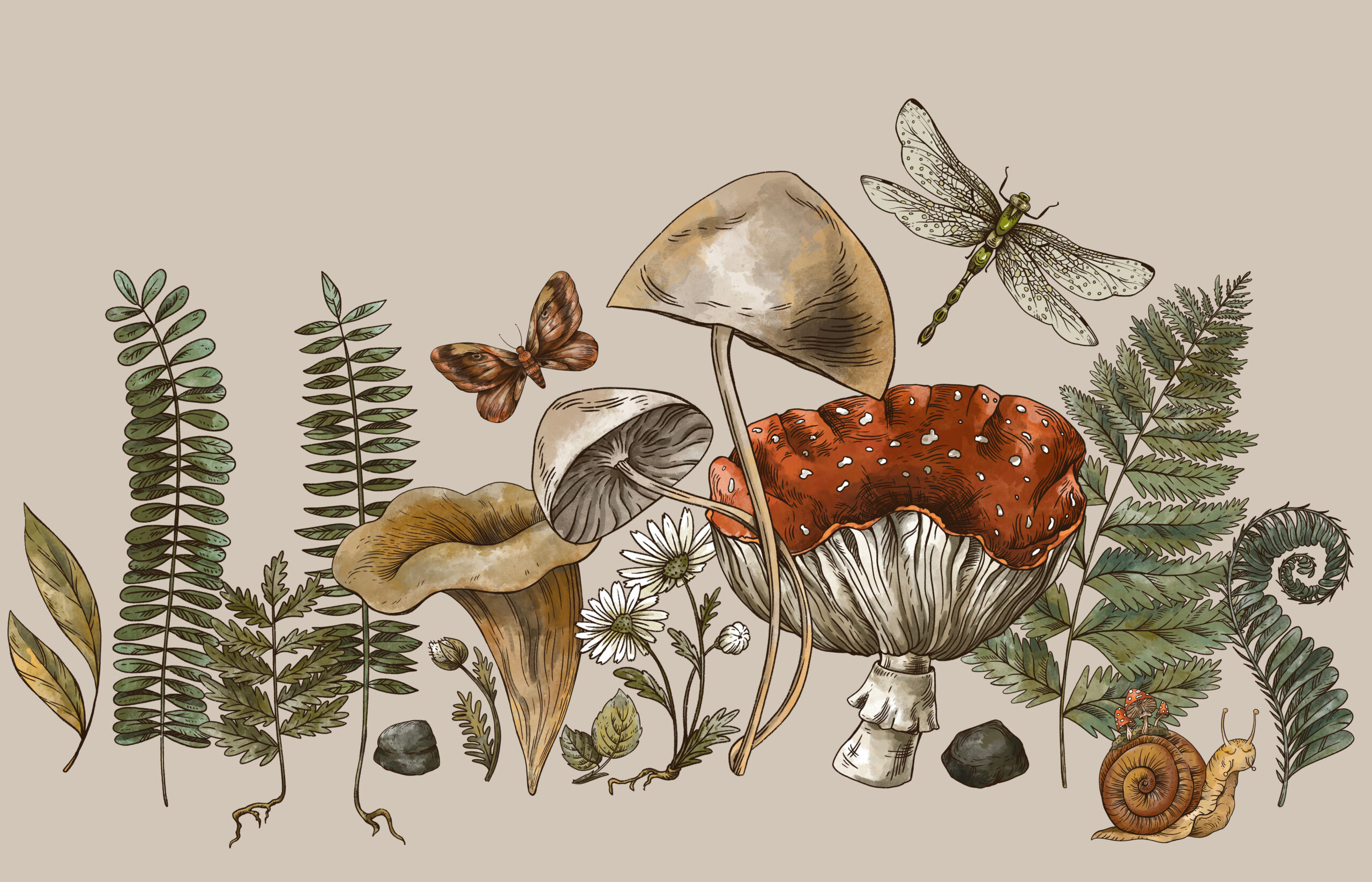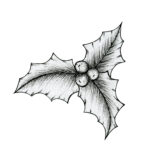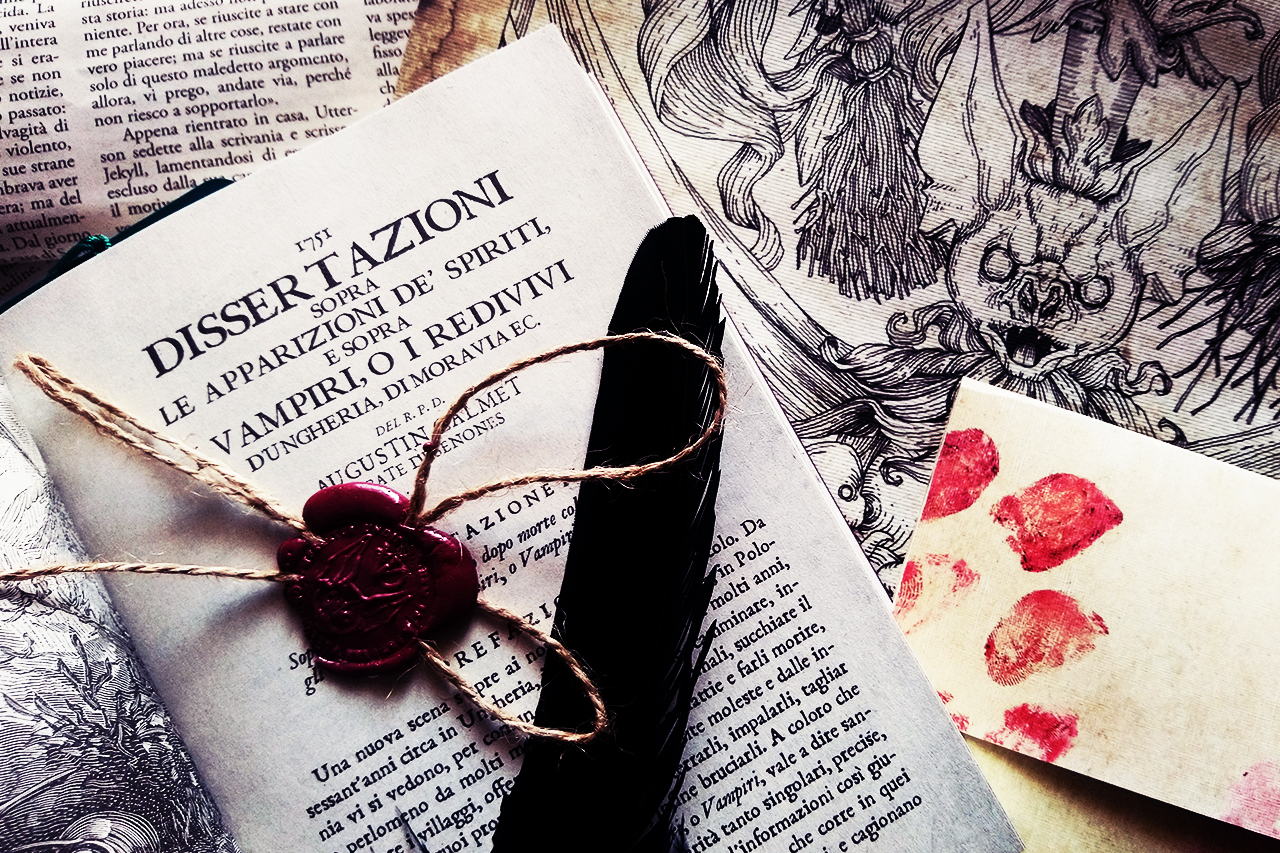In the course of human growth, plants have always played a very important role. Poisonous or curative, dear friends or fearsome, they have accompanied man in his self-discovery, like faithful allies.
Tradition says that some plants and flowers are more special than others due to their magical properties. In today’s article, we will discover some of these plants, their properties, and their possible mystical use.
In traditions
It is impossible to know for sure how long plants have been part of man’s spiritual life. They have been used to have hallucinations that put in contact with the deities; they have been employed to heal wounds, both physical and mental; and they have been exploited to distill poisons, lethal weapons against the enemy.
What we know for sure is that in their strange magical properties, there is always a pinch of truth. Many traditional customs, however rudimentary or bizarre, already applied the use of plants correctly, despite the limitations of medical and scientific knowledge of the time. With an unrivaled gift of observation, our ancestors were able to point out the properties of plants.
Bark, leaves, flowers, roots: every part of the plant was essential and could prove to be a precious gift.
Magical herbs and plants
Many of what were once considered magical plants, or witch plants, are now used at medicinal and pharmaceutical levels. In earlier centuries, explaining the effects that a plant could have on a person’s psyche or body was difficult, it was scary and therefore took on the nuances of magic, a curse or a miracle, something dangerous, or something which gives a positive symbolism.
There is no doubt, however, that nature has always been fundamental to the life of human beings, and if we know how to get in tune with it, it will give us great benefits.
Now let’s see some plants considered magical, their properties, and their meaning.
Fir
A talisman of luck, the fir is a symbol of eternity. Its pine cones have a beneficial influence and in many regions, they are given as a gift as protection from the dangers of a long journey. Popular medicine uses this plant to counteract respiratory tract disorders and as a remedy against phlegm, thanks to its balsamic properties. It is also used as a remedy for rheumatic pains, bruises, and strains; as well as being used as an antiseptic, deodorant, and stimulating remedy.
Holly
It is an amulet of well-being and happiness, especially in winter. When used as an ornament it mustn’t be removed until New Year’s Eve, in some regions it is common practice to keep it until Candlemas. A Nordic legend tells that the holly was born from the blood of the god of light Baldur who, struck by an arrow, ended up on a bush which, in memory of the bloodshed, began to produce red berries.
Its berries are very poisonous to humans, but with its flowers it is possible to create essences that act on an emotional level, stimulating generosity and the ability to understand and counteract anger, envy, and suspicion.
Laurel
It is a plant of luck and protection, you can keep five to seven leaves in your pocket. A twig hung above the door keeps evil spirits away, while a bunch under the pillow promotes love. Its leaves contain essential oil with multiple benefits, with antibiotic, antiparasitic, antiputrefactive, sedative, and hypotensive properties.
Chewing a laurel leaf helps calm the nerves and puts the mind in a state of detachment and clarity.
Cyclamen
This flower is dear to the Egyptian goddess Isis and the Mesopotamian goddess Cybele, a symbol of love and wisdom. It was once used to amplify sensuality, ward off evil spells, and as a remedy against snake bites. The cyclamen tuber is poisonous to humans, however, its sap was traditionally used to create tinctures with good analgesic effects.
Cyclamen is often referred to as a natural antidepressant, because it helps to cope with difficult life circumstances, and gives strength and confidence. In addition, it acts as “magic”, helping to settle quarrels.
Ivy

Edera – Hedera helix AnonymousUnknown author, Public domain, via Wikimedia Commons
For centuries, people believed in the divinatory power of this plant, so much so that even today in some regions it is common to predict the future using its help. The plant is used in traditional medicine for the treatment of cellulite, calluses, skin ulcers, inflammation, and wounds.
It is said that an ivy wood amulet protects against bad encounters, and illnesses and procures peaceful dreams.
Heather

Erica – Calluna Vulgaris AnonimoUnknown author, Public domain, attraverso Wikimedia Commons
In ancient times this plant was considered sacred. A sprig of heather turns into an amulet capable of protecting against all dangers, while five leaves arranged in a fan under a girl’s pillow instill her confidence and bring her closer to love. You can use its power to drive away negativity and goblins; it is considered the fairy plant because these little creatures live right in its branches.
It is used in phytotherapy for its diuretic, astringent, antibacterial, and antispasmodic properties.
Help heal
All these plants have some important elements in common, such as the ability to bestow good luck. And they all seem to require a connection between body and thought to function, a connection between the person and the healing properties of the plant itself. And perhaps this is precisely the magical essence of herbs, as well as of traditions: to cure yes, but also to give hope and help the human mind heal itself.









